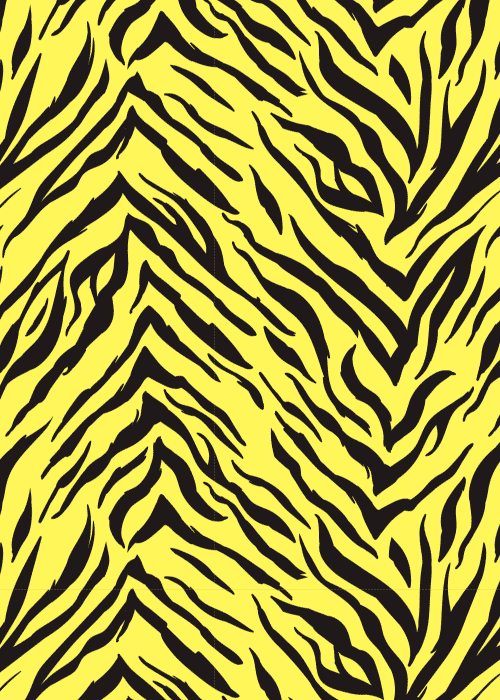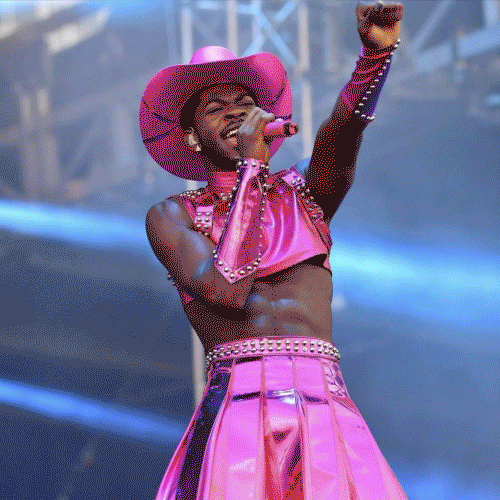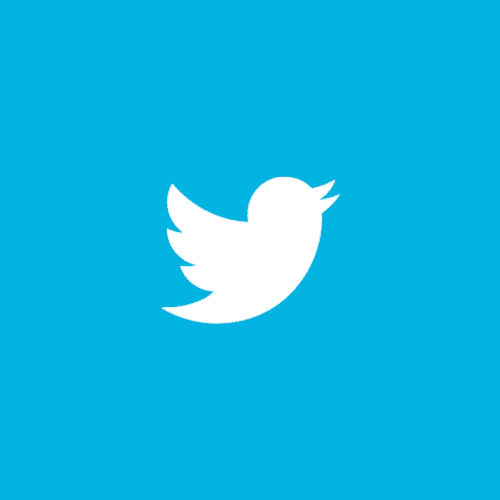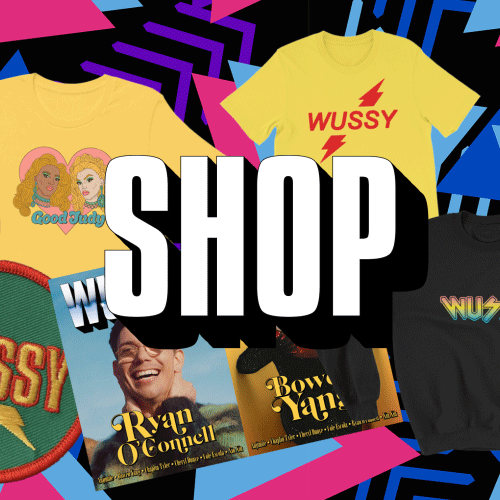Space Glam: Making the Case for an Animated Queer Herstory
I want to take the time, if I may, to address how queer cartoons are. Many of you will probably be saying, “Duh, knew that!” But really, do you know? You may have shipped Peppermint Patty and Marcie and stuck around until the end of Adventure Time for the ultimate payoff of, spoiler alert, Princess Bubblegum and Marceline. You may remember Ren, of Ren & Stimpy, and his pectoral implants. And sure, you’ve seen icon Robert Crumb talk about his childhood sexual fixation with Bugs Bunny and how his entire œuvre may stem from a picture of Bugs in drag that he kept in his pocket that got so wrinkled his mom had to iron it until it turned brown!
But queerness is on the rise in animation. Or perhaps it never wasn’t? Forgive the double negative but I’m here to encourage, nay demand, radical readings of queerness in cartoon. Look no further than Abbi Jacobson’s character in the recent Netflix release of The Mitchells vs. the Machines. The queer reading of this film, Jacobson’s Katie rebelling against her dad’s dad-ness, was somewhat revolutionary for a computer animated film when all seem to rely on the straight, white, male gaze of dad-ness (i.e. the work of Pixar’s John Lasseter, Brad Bird, Pete Docter, etc.). In the end, I would argue that Katie learns to celebrate what makes her family queer while honoring her own individuality.
There’s something to be said for the queer experiences of childhood viewing habits. For many the touchstone has always been cartoons. Growing up, animation is something of a parent-free zone, generally too weird or zany for scrutiny. Generations of parents have depended on the dreaded Hays code & arbitrary/authoritarian MPAA and its “G” ratings to the point that all animated work, as long as it betrays some anthropomorphic cuteness or seeming “princessant” moralism, will end up lumped under the catch-all descriptor, “Family.” There’s a great line from John Waters’ outlaw-cinema manifesto of a film Cecil B. Demented, “‘Family’ is just a dirty word for censorship!” Queerness is genre work, an outlier or aberration in anything “family”-oriented because parents don’t want to explain to their kids what queer is, rather preferring to wait until it’s weaponized against them at school or on the street. But queerness is like the message hidden in the show that only those with the secret decoder ring can unlock. Queerness involves making space for those characters operating outside the hero/heroine and, for the audience, feeling kinship towards them.
FIG 1-3, LEFT TO RIGHT: MORTICIA ADDAMS BY CHARLES ADDAMS (1963); ELVIRA, MISTRESS OF THE DARK; DRAG QUEEN SUPERSTAR SHARON NEEDLES AS ELVIRA
I think the most productive way to understand and track queerness in cartoons would be to look at the historical presence of drag, a radically transformative expression of gender, in cartoons, an artform that is all about the transformative. Both are all about embodying that magical possibility. Listen, drag and cartoons have been in a serious relationship for a long time, longer than you’d think. Both animation and drag culture, as we know it in the American realm of entertainment, both have underpinnings in the vaudeville circuit. Early female impersonating superstars like Julian Eltinge and Bert Savoy took to the stage at the same time that early animated novelties like Gertie the Dinosaur (1914), the first keyframe animation, swept across American vaudeville stages, sandwiched between the live acts. Over time, both artforms would take routes of both overtly subversive and mass cultural appeal.
There’s a reflexive, intertextual relationship between both drag and cartoons in how they both do the work of signifying gender, and to the back of the house at that. From Morticia Addams (originally a New Yorker cartoon!) to Elvira, Mistress of the Dark, or anime to any number of current drag superstars, the mutually symbiotic relationship is clear. Depression-era star Mae West (of “Why don’t you come upstairs and fuck me in the ass sometime?” fame), when not lampooning herself, was lampooned in cartoons frequently. An early Looney Tunes short, Buddy’s Beer Garden (1933), is a pre-Bugs entry in what would become a long-standing tradition of the brand’s drag as beguiling stagecraft, this time through the lens of Mae West-style femininity, perfectly suited to the subversive wink of pre-code film and animation. Bugs Bunny would turn representations like this of genderplay on its head by utilizing drag as a queer survival tactic. I’ve always read Bugs’ evolved queerness as allowing the character to outsmart all others.
FIG 5-8, LEFT TO RIGHT: FEMALE IMPERSONATORS JULIAN ALTINGE & BERT SAVOY; A MAE WEST FACSIMILE IS REVEALED TO BE BUDDY IN DRAG IN BUDDY’S BEER GARDEN (1933) DIR. BY EARL DUVAL.
I have to bring up Looney Tunes again because this summer will see their first wide-released film since 2003 with Space Jam: A New Legacy. In 1996, Space Jam was a big deal for me growing up. Living in Chicago, even a queer kid like me couldn’t escape Jordan idolatry. There’s something to be said for cartoon characters sharing space with live actors. In films like Who Framed Roger Rabbit? (1988) or, to a queerer extent, Cool World (1992), it is queerness embodied in showing what sets these characters apart from the quotidian reality of straightness and, at times, their failure to assimilate.
This is all not to say that cartoons are completely free of straight tropes and that they don’t frequently traffic in grotesque stereotype. But queerness is still a fundamental aspect of animation as a form and should be recognized and championed as a channel for queer expression. And likewise, as drag becomes more mainstream as animation did long ago and seemingly less of a countercultural touchstone for the queer “community,” I believe it’s important to hold onto the ideals that made us freaks and use that to continue to build our queer utopias.
—
Philip is a writer, theatre-maker and PhD student, from Chicago, living in Atlanta.
Archive
- September 2025
- August 2025
- May 2025
- February 2025
- November 2024
- October 2024
- September 2024
- August 2024
- July 2024
- June 2024
- May 2024
- April 2024
- October 2023
- July 2023
- June 2023
- May 2023
- April 2023
- March 2023
- February 2023
- June 2022
- April 2022
- March 2022
- January 2022
- December 2021
- October 2021
- September 2021
- August 2021
- July 2021
- June 2021
- May 2021
- April 2021
- March 2021
- February 2021
- January 2021
- December 2020
- October 2020
- September 2020
- August 2020
- July 2020
- June 2020
- May 2020
- April 2020
- March 2020
- February 2020
- January 2020
- December 2019
- November 2019
- October 2019
- September 2019
- August 2019
- July 2019
- June 2019
- May 2019
- April 2019
- March 2019
- February 2019
- January 2019
- December 2018
- November 2018
- October 2018
- September 2018
- August 2018
- July 2018
- June 2018
- May 2018
- April 2018
- March 2018
- February 2018
- January 2018
- December 2017
- November 2017
- October 2017
- September 2017
- August 2017
- July 2017
- June 2017
- May 2017
- April 2017
- March 2017
- February 2017
- January 2017
- December 2015
- November 2015
- October 2015
- September 2015
- August 2015
- July 2015
- June 2015
- May 2015
- April 2015










